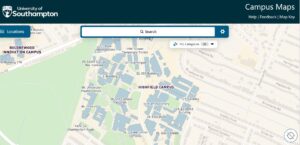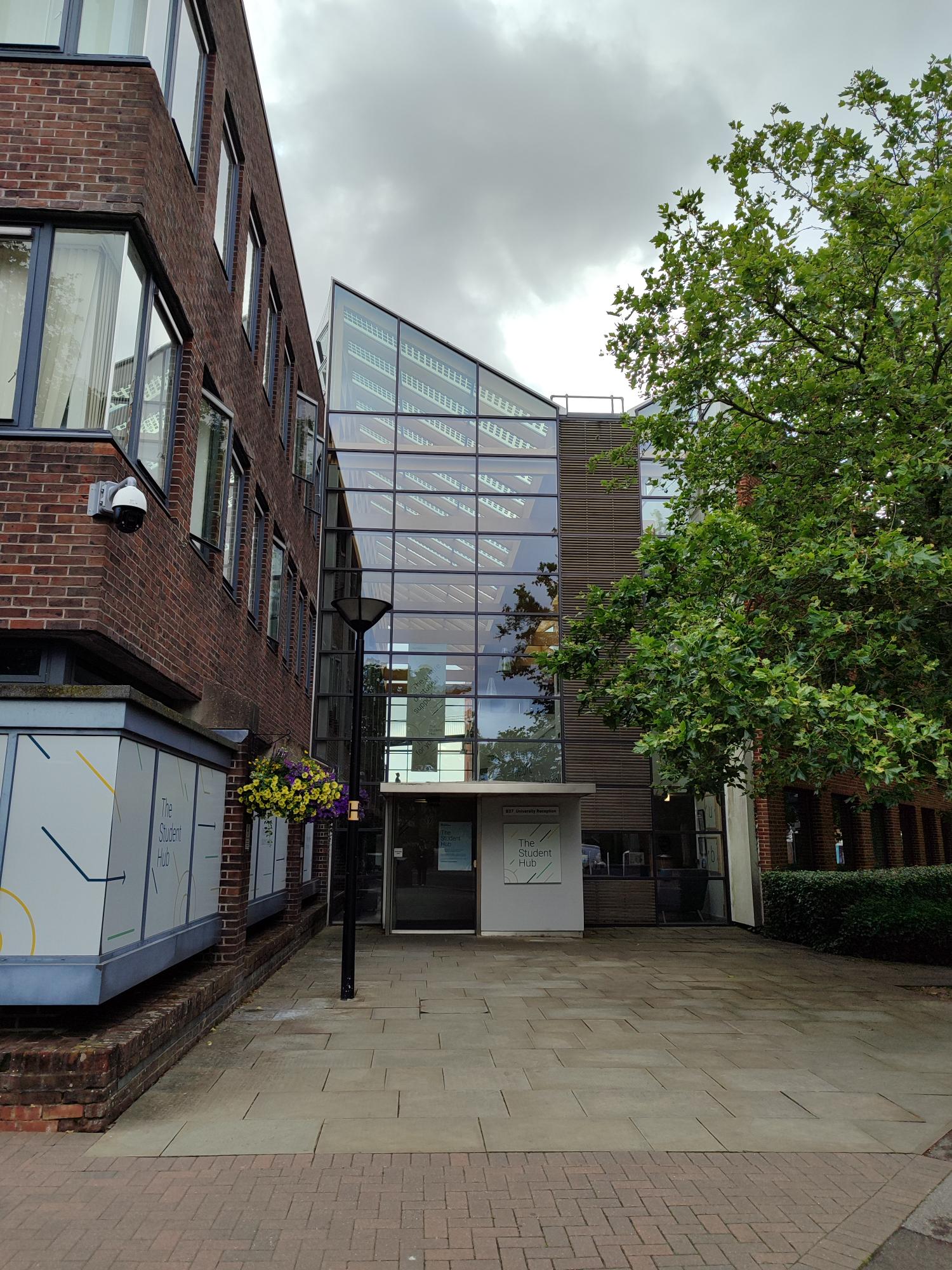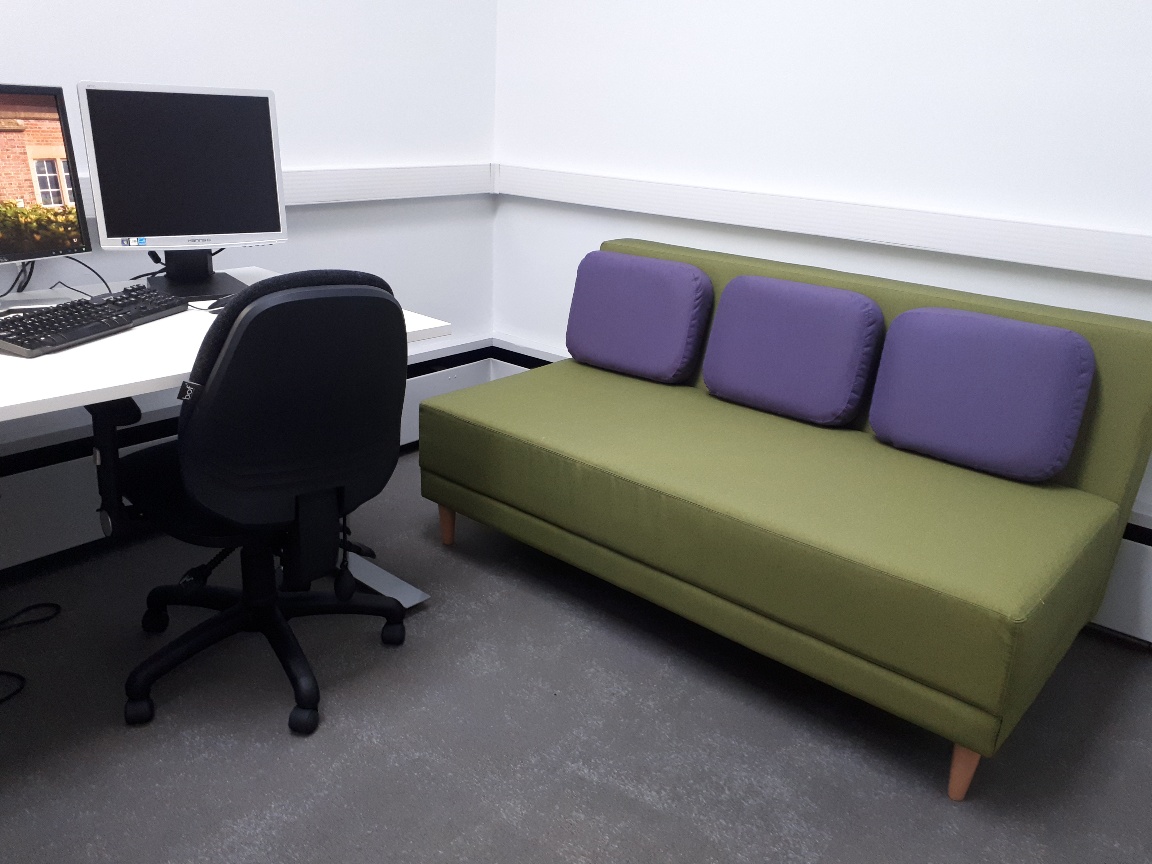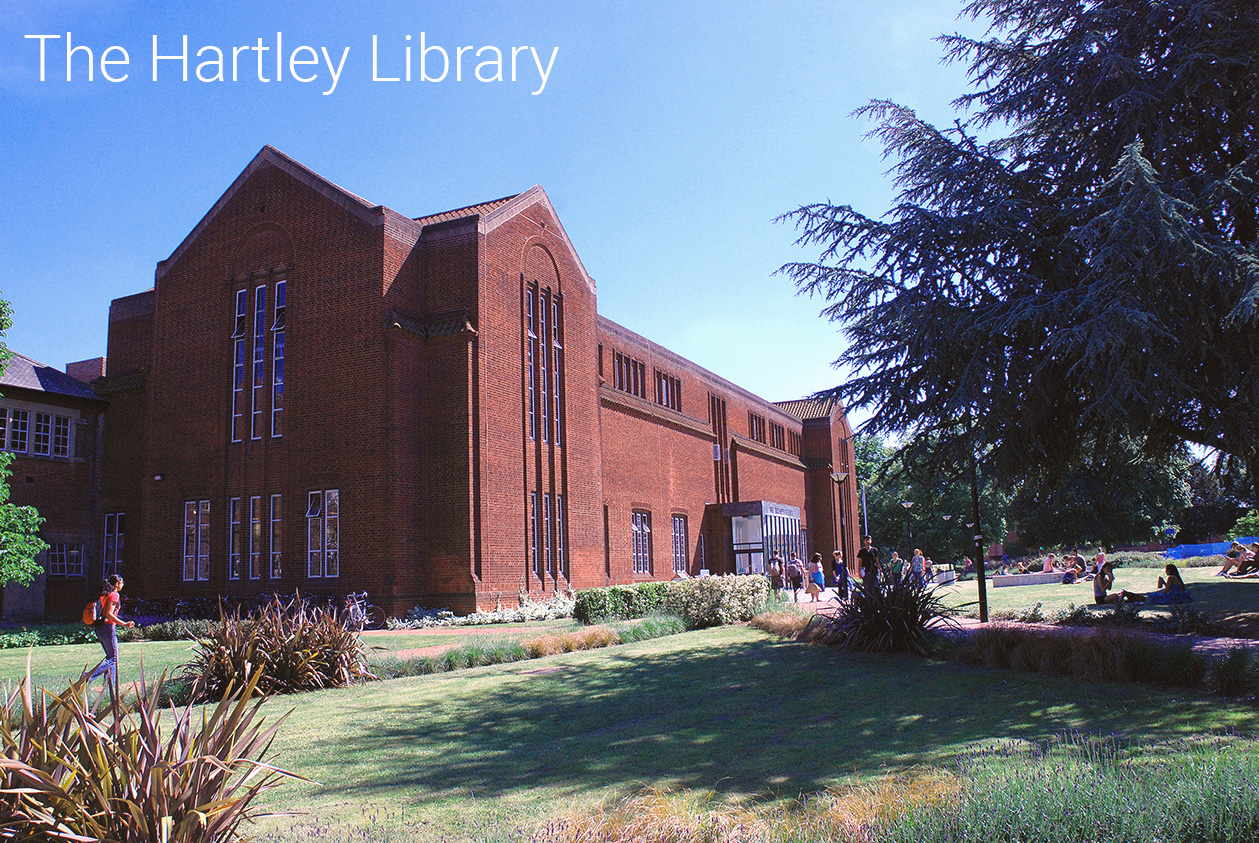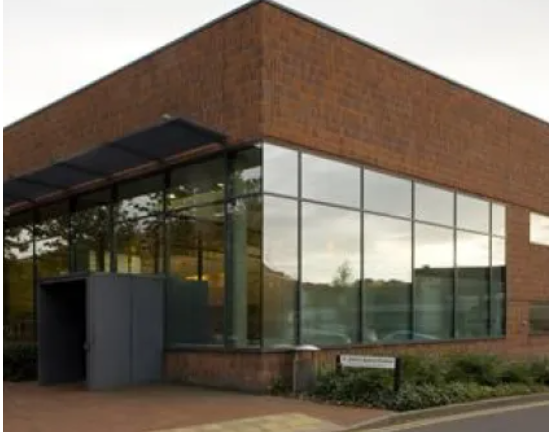University of Southampton has quiet spaces, which are sometimes called ‘Wellbeing Rooms’.
These spaces can be used by students looking for a private space to recover from a difficult situation, somewhere they can calm themselves down or a space they can feel safe in and not exposed. These rooms have often been co-designed by the students, including the choice of colours and furnishings. These are usually accessible via either card or key access.
The list below will be updated once more spaces become available to students.
Student Wellbeing Room in Building 85 Life Sciences, Level 2, Highfield Campus
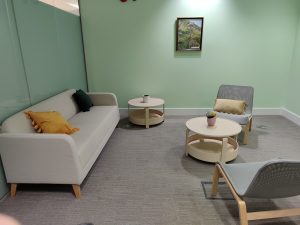 How do you access it?
How do you access it?
Access is by asking for the access card Monday to Friday 08.45 to 16.45 from B85 reception no questions asked
Easy wheelchair access
Room used on a first come, first serve basis, room cannot be booked
What’s inside?
Sofa, two chairs and a coffee table
Weighted blanket, colouring books and pencils, fidget toys (donations for these always welcome)
For safeguarding relevant staff have access and security check the room at 18.00
Student Wellbeing Room in building 28 Music, level 2, Highfield Campus
How do you access it? 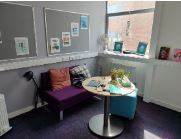
Access by stairs, or by lift
Open to all (no key or card access required)
Single occupancy room
When using room, place sign on the door to ensure you are not disturbed
What’s inside?
Comfy seating (sofa, cushions, stool)
Table with books and leaflets, tissues
Floor lamp, fan, radiator
Posters encouraging meditation, with breathing exercises and mindfulness tips
Do not disturb sign for the door
Wellbeing Room in building 44 (Shackleton building) Geography, Environmental Science & Psychology, level 3, Highfield Campus
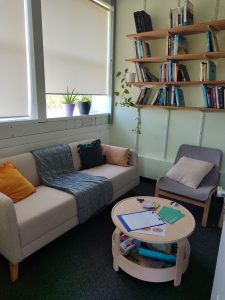 How do you access it?
How do you access it?
Access by stairs, or by lift
Accessible for staff & students studying/working in building 44, access by key from B44 FOS office on level 3 Monday to Friday 08.45 to 16.45
Single occupancy room
FOS team and security have additional key
What’s inside?
Sofa, two chairs and a coffee table
Weighted blanket, colouring books and pencils, books, plants fidget toys (donations for these always welcome)
Natural light


